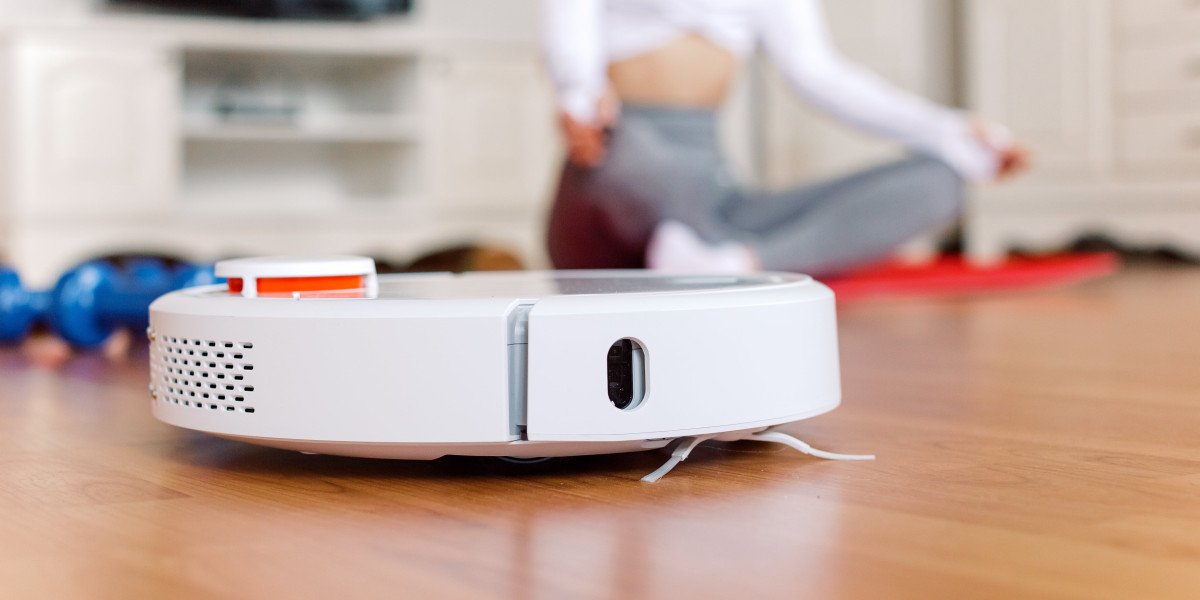Lifeboats are a critical component of maritime safety, providing a means of evacuation in the event of an emergency. Whether you're on a cruise ship, a fishing vessel, or a cargo ship, knowing that a properly maintained lifeboat is available can make all the difference in a life-threatening situation. In this blog, we will explore the importance of lifeboat service, what’s involved in maintaining them, and how they contribute to the safety of seafarers and passengers alike.
What is Lifeboat Service?
Lifeboat service refers to the maintenance, inspection, and readiness of lifeboats and their associated equipment. A lifeboat is a vital safety apparatus designed to evacuate passengers and crew during emergencies such as fires, sinking ships, or other life-threatening situations at sea. Regular service ensures that the lifeboat is in operational condition and meets the strict safety standards outlined by maritime authorities.
The Importance of Lifeboat Service
Lifeboats are often the last line of defense in an emergency at sea, and their reliability is paramount. Without proper maintenance, a lifeboat might fail to launch or operate properly, potentially putting lives at risk. Here’s why lifeboat service is so crucial:
- Safety Compliance: International maritime regulations, such as SOLAS (Safety of Life at Sea), mandate that ships must have lifeboats on board, and they must be maintained to meet specific standards.
- Life-Saving Functionality: Lifeboats are designed to keep people safe and dry until they are rescued. Without regular service, crucial systems like engines, release mechanisms, or communication equipment might not function correctly.
- Preparedness: In the event of an emergency, crew and passengers must be able to launch lifeboats quickly and efficiently. Regular servicing ensures that the boats are ready to go when needed, with no delays or malfunctions.
What Does Lifeboat Service Include?
A thorough lifeboat service involves multiple components and checks to ensure the vessel is fully operational. Here are the main areas involved in lifeboat servicing:
Inspection of the Hull: The lifeboat’s hull is checked for cracks, corrosion, and other physical damage that could compromise its integrity. Any signs of wear must be addressed immediately to ensure buoyancy and stability in water.
Launch Mechanism Test: Lifeboats are typically stored in davits, which are mechanical systems used to lower them into the water. Regular testing of these mechanisms is necessary to ensure that the boat can be lowered safely and quickly when needed.
Engine and Propulsion Systems: Lifeboats are usually equipped with engines to navigate to safety or away from danger. Servicing includes checking the engine’s fuel, oil levels, and overall condition, as well as ensuring the propulsion system is working smoothly.
Safety Equipment: Lifeboats are stocked with essential safety equipment, including life vests, flares, first aid kits, food, water, and communication devices. These items are inspected for expiration dates and functionality.
Seaworthiness: Ensuring the lifeboat is capable of operating in harsh sea conditions is vital. The lifeboat is checked for proper buoyancy, drainage systems, and overall stability in water.
Training and Drills: Lifeboat service doesn’t just involve technical checks. Crew members are trained in the proper procedures for launching and operating lifeboats, ensuring they can respond efficiently in an emergency. Regular lifeboat drills are also part of maintaining safety readiness.
How Often Should Lifeboats Be Serviced?
Lifeboat service frequency can vary depending on the type of vessel and regulatory requirements. However, maritime regulations typically require that:
- Lifeboats undergo thorough servicing and inspections at least once every year.
- Monthly checks are performed to ensure that the boat is fully equipped and the release systems are functioning.
- Quarterly operational drills and checks may also be required, ensuring that the crew is familiar with all evacuation procedures.
In addition to regular checks, any lifeboat that has been used in an emergency must be serviced immediately to ensure it is ready for future use.
Lifeboat Service Providers
Lifeboat servicing is typically carried out by qualified technicians and companies that specialize in maritime safety equipment. These service providers are trained to meet the rigorous safety standards set by regulatory bodies, such as the International Maritime Organization (IMO) and local maritime authorities.
Choosing a reputable and experienced lifeboat service provider is essential for ensuring the safety and functionality of your lifeboat systems. Service providers should be able to supply all necessary certifications and records to prove that inspections and maintenance are in line with legal requirements.
The Role of Lifeboat Service in Maritime Safety
Lifeboat service plays a fundamental role in ensuring that maritime operations are safe for all involved. From routine inspections to emergency drills, maintaining these life-saving vessels can mean the difference between life and death when disaster strikes at sea. Regular lifeboat servicing contributes to:
- Compliance with International Safety Standards: Meeting SOLAS requirements and other regulations ensures that ships are legally compliant and can operate safely within international waters.
- Operational Readiness: Well-maintained lifeboats are always ready for use in an emergency, reducing the risk of failure during critical moments.
- Seafarer and Passenger Safety: Ultimately, the goal of lifeboat service is to protect the lives of those at sea. The peace of mind that comes from knowing that lifeboats are regularly checked and maintained is invaluable.
Conclusion
Lifeboats are an essential part of maritime safety, providing a vital means of evacuation in emergency situations. Regular and thorough lifeboat servicing ensures that these life-saving devices are always ready to perform their intended function when the time comes. By adhering to industry standards, maintaining equipment, and conducting drills, we can ensure the safety of all those who venture out to sea, whether they’re aboard a cruise, a fishing boat, or a commercial vessel.
Maritime safety is a shared responsibility, and proper lifeboat service is a critical element in safeguarding human lives. Always ensure that lifeboat servicing is carried out by certified professionals, and don’t neglect the importance of regular inspections and training. Safe seas begin with preparedness.








